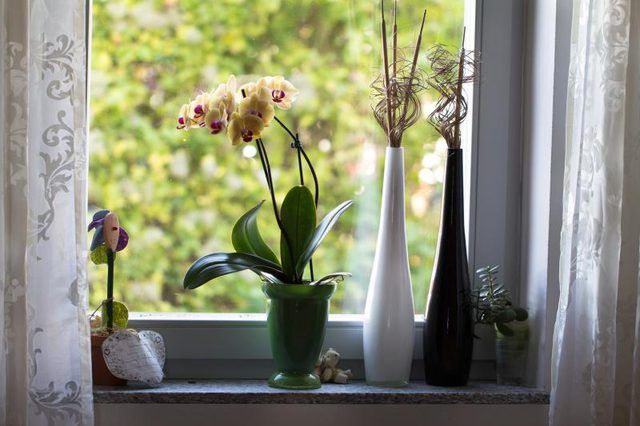Bulbs
Flower Basics
Flower Beds & Specialty Gardens
Flower Garden
Garden Furniture
Garden Gnomes
Garden Seeds
Garden Sheds
Garden Statues
Garden Tools & Supplies
Gardening Basics
Green & Organic
Groundcovers & Vines
Growing Annuals
Growing Basil
Growing Beans
Growing Berries
Growing Blueberries
Growing Cactus
Growing Corn
Growing Cotton
Growing Edibles
Growing Flowers
Growing Garlic
Growing Grapes
Growing Grass
Growing Herbs
Growing Jasmine
Growing Mint
Growing Mushrooms
Orchids
Growing Peanuts
Growing Perennials
Growing Plants
Growing Rosemary
Growing Roses
Growing Strawberries
Growing Sunflowers
Growing Thyme
Growing Tomatoes
Growing Tulips
Growing Vegetables
Herb Basics
Herb Garden
Indoor Growing
Landscaping Basics
Landscaping Patios
Landscaping Plants
Landscaping Shrubs
Landscaping Trees
Landscaping Walks & Pathways
Lawn Basics
Lawn Maintenance
Lawn Mowers
Lawn Ornaments
Lawn Planting
Lawn Tools
Outdoor Growing
Overall Landscape Planning
Pests, Weeds & Problems
Plant Basics
Rock Garden
Rose Garden
Shrubs
Soil
Specialty Gardens
Trees
Vegetable Garden
Yard Maintenance
How to Revive an Orchid
How to Revive an Orchid. Burn spots on leaves, dark-green or weak leaves, a weak center stem and failure to bloom are all signs that an orchid (*Orchidaceae*) is failing to thrive. It is not yet dead, though, and can return to blooming with a correct diagnosis of its problem and a few simple steps to correct it.

Burn spots on leaves, dark-green or weak leaves, a weak center stem and failure to bloom are all signs that an orchid (Orchidaceae) is failing to thrive. It is not yet dead, though, and can return to blooming with a correct diagnosis of its problem and a few simple steps to correct it.
Diagnose the Problem
Healthy orchid leaves are grassy green with yellow undertones. Dark-green leaves are a symptom of not enough light exposure.
White or brown dry areas on orchid leaves indicate sunburn. The sun damage is irreversible in small or large areas that turn black. Sun-damaged spots do not harm the plant's health or flowering, but continued exposure to excessive light continues the damage.
Overwatering causes root rot because the roots are not able to absorb enough oxygen when full of water. The symptoms include swollen, soft roots and wrinkled leaves. Underwatering turns roots white and makes the plant susceptible to diseases.
Brown-tipped orchid leaves and inhibited growth indicate overfertilization.
A weak center stem and wilted lower leaves may indicate the plant is simply too crowded and needs to be repotted. A pot-bound orchid also may have weak leaves, or its roots may spill over its pot's side.
Lessen Sun Damage and Overwatering
Sunburn spots are alleviated easily by reducing the amount of direct sunlight that falls onto the orchid. Orchids grow best with a south- or east-facing window exposure. Use a sheer curtain to increase shade.
Water the plant's potting medium only one time per week if root rot is the problem, and ensure the potting medium has not disintegrated. Orchids available in markets and garden centers are often grown in peat moss mixtures that disintegrate after one or two seasons. Peat moss becomes sodden and retains water easily. Water should drain quickly out of the plant container's bottom after the potting medium has been soaked thoroughly.
Feed the Plant
"Fertilize weakly, weekly" is the standard advice from many orchid growers. Revitalize an underfertilized or overfertilized plant by putting it on a healthy feeding schedule. Either commercial orchid fertilizer in granulated or liquid form, or houseplant fertilizer is beneficial. Choose a 20-20-20 formula that has little or no urea, which may attract bacterial growth. Dilute the fertilizer's label-recommended dosage to ? strength by mixing it with water, and use it weekly. Always fertilize after the plant's soil has been thoroughly soaked with water to avoid root burn.
Repot a Crowded Plant
A pot-bound orchid comes to life again when it is put in a larger container and given new potting material. Repotting alleviates potential disease problems and encourages healthy growth. Choose a clay or plastic container one size bigger than the present one. Ensure the container has bottom drainage holes.
Commercial growing material for orchids is either bark-based or peat moss-based. The nutrients in either of those types help to revive an orchid that is not blooming or has weak leaf development.
Shake off all the old potting material as you replant the orchid. Cut off roots that are dry and shriveled or white and swollen, leaving ones that are firm to the touch.